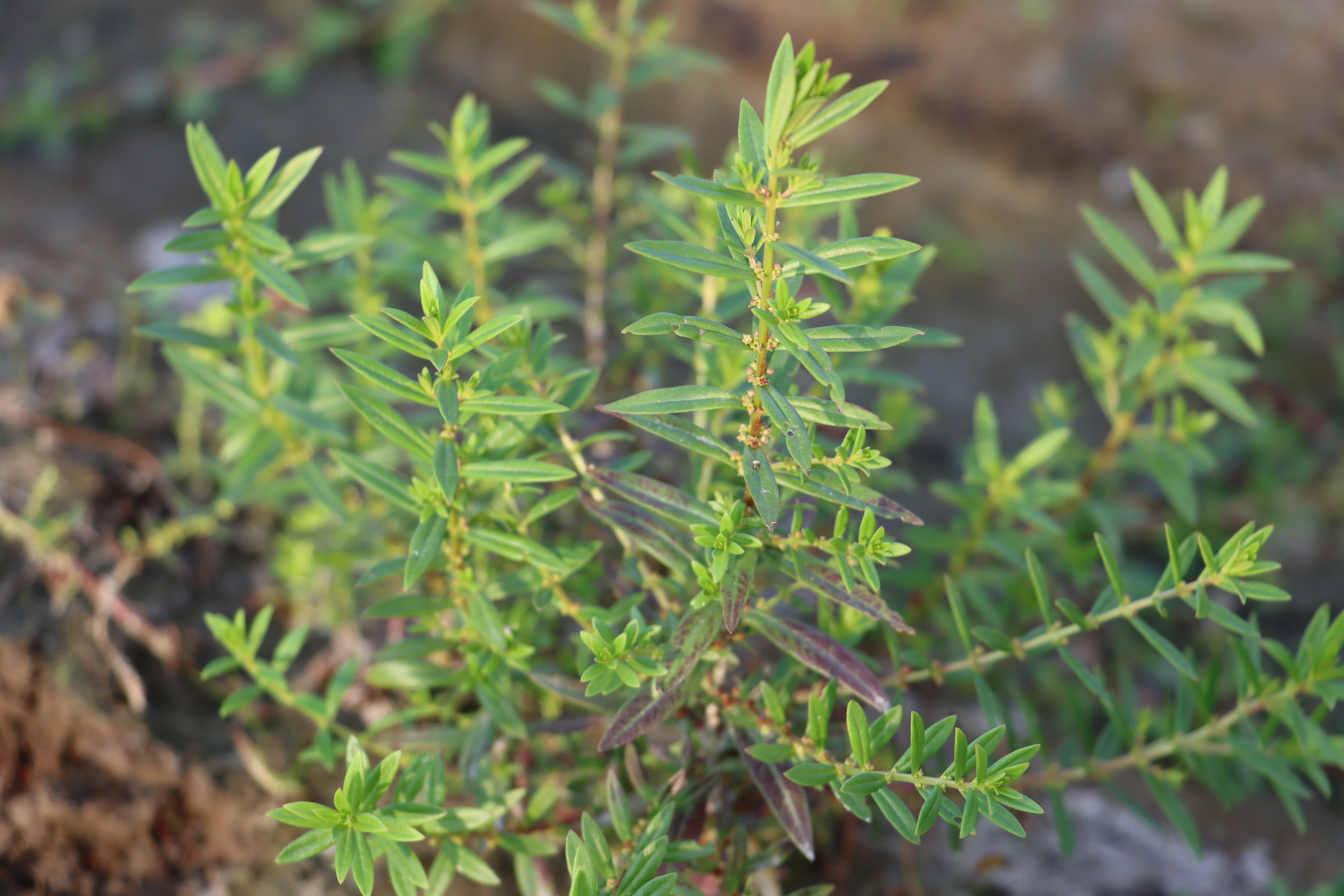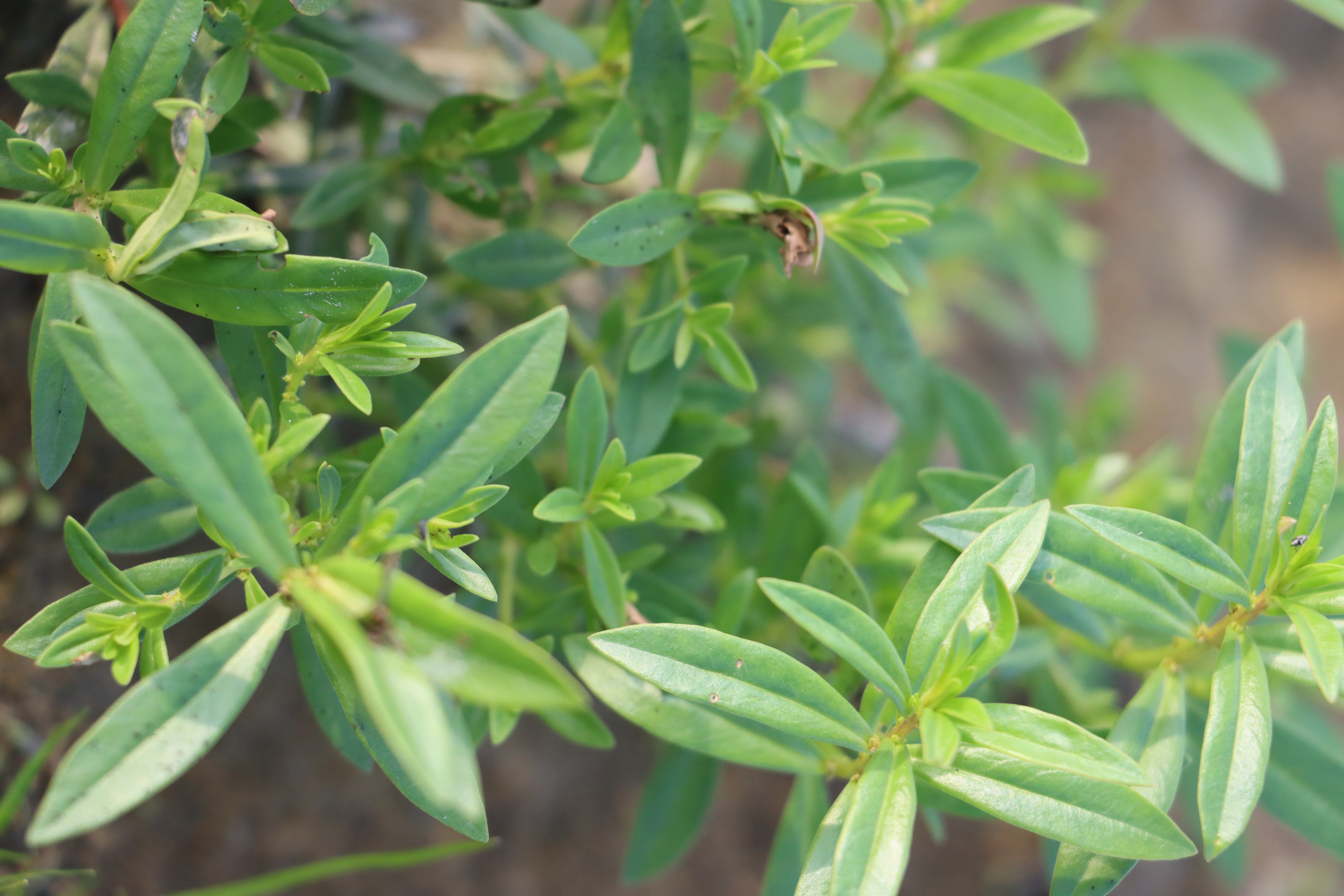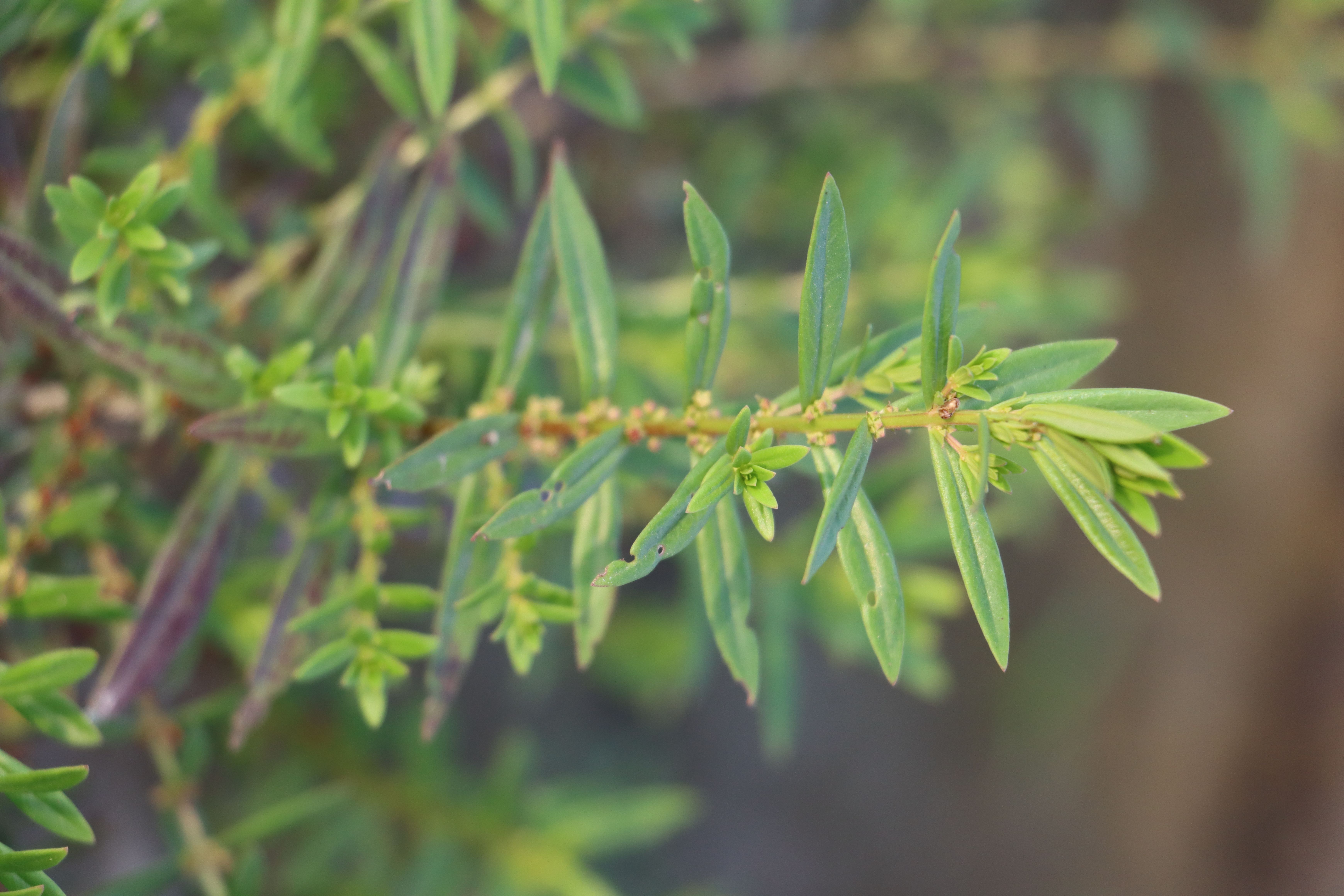

Identification Notes




EPPO CodeOLDCO |
Life CyclePerennial |
MorphologyStem: erect, unarmed; Leaves: simple, opposite, quite entire, stipulate, lanceolate, acuminate, very short petioled, stipules not connate, short; Inflorescence: cymes, spreading, many flowered; Fruit: a capsule, small, obovoid, many seeded |
Growing seasonRabi and Kharif |
Germination periodApril to September |
Flowering periodSeptember to December |
PropagationBy seed and by the rooting nodes |
HabitatGrassland with long or short grass, bushland, montane scrub, shallow soil on rocks, sandy river ridges, furrows and dry ponds on black-cotton soil, cultivated and disturbed ground, levee of crop fields and irrigation channel, at elevations from sea level to 2,300 metres. |
Weed potentialWeed of minor importance. |
Control measurePrevention, Eradication and Cultural Control |
Recommended herbicidePendimethalin, Metribuzin and Imazethapyr |
DistributionWidespread through tropical and subtropical Africa; Arabia, subtropical and tropical Asia to New Guinea. |
Medicinal propertiesThe leaves are pounded, soaked in warm water and the liquid drunk to treat stomach disorders (Ruffo et al. 2002). They are used externally as a poultice to treat sores and sore eyes. The entire plant is used in decoction as an anthelmintic, antirheumatic, depurative, diaphoretic, digestive, diuretic, febrifuge, pectoral and stomachic (Chopra et al. 1986). In India, it is a common ingredient in mixtures used internally to treat remittent fevers, gastric irritation, nervous depression and as a tonic, and is also used to treat jaundice and other liver conditions. The juice of the plant is applied to the hands and feet to cool them when the patient has a fever[240]. The roots are reported to have vermifuge properties (Chopra et al. 1986). |
References[1] Ruffo, C.K.: Birnie, A. & Tengnas, B. 2002. Edible Wild Plants of Tanzania. Regional Land Management Unit; Nairobi. ISBN 9966-896-60-0. [2] Chopra. R. N., Nayar. S. L. and Chopra. I. C. 1986. Glossary of Indian Medicinal Plants (Including the Supplement). Council of Scientific and Industrial Research, New Delhi. |